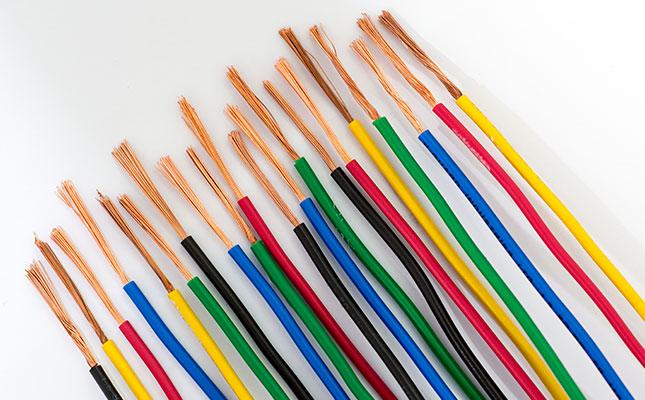4 Reasons why copper electrical wires are the best
Globally, copper is the preferred metal in the wire and cable industry. From internal connections of electrical equipment and appliances to cables, copper has remained the preferred choice for electrical conductors. Electrical design experts advise the use of copper electrical wire over alternatives such as aluminum because copper electrical wires ensure better and safer electrical environment in buildings. Here are four key benefits brought by copper electrical wire.
BETTER CONDUCTIVITY AND HEAT RESISTANCE
Copper is second only to silver in terms of electrical conductivity. Copper electrical wire can handle higher electrical loads than those of other non-precious metals while using much less insulation. Copper also displays better resistance to heat than other non-precious metals. While the melting point of aluminum stands at around 660 degrees C, copper has a melting point of 1000 degrees C. This makes copper electrical wires withstand high temperatures and maintain circuit integrity during fire accidents.
COPPER IS THE STANDARD FOR CONDUCTIVITY
In 1913, the International Annealed Copper Standard (IACS) defined the benchmark for conductivity as copper’s conductivity, setting copper at 100% IACS. Only silver has higher conductivity at 106% IACS, while commercial high-conductivity copper reaches 102% IACS. In comparison, the conductivity of pure aluminum is 61%.
Copper is highly ductile and malleable. Ductility allows copper electrical wire to be thinner than human hair. When used in buildings, this means copper wire will occupy less space, allowing reduction in the size of electrical rooms and fitting of more cables in ducts. Malleability is the ability to withstand stress or pressure. The high malleability of copper makes electrical wires more flexible. You could squeeze copper electrical wire through any tight corners without breaking them. It is due to these two properties that thin and flexible wires such as those used in headphones, or household appliances, are made of copper.
HIGH DUCTILITY AND MALLEABILITYCopper is highly ductile and malleable. Ductility allows copper electrical wire to be thinner than human hair. When used in buildings, this means copper wire will occupy less space, allowing reduction in the size of electrical rooms and fitting of more cables in ducts. Malleability is the ability to withstand stress or pressure. The high malleability of copper makes electrical wires more flexible. You could squeeze copper electrical wire through any tight corners without breaking them. It is due to these two properties that thin and flexible wires such as those used in headphones, or household appliances, are made of copper. |

RESISTANCE TO CORROSION
Copper electrical wire has a high resistance to corrosion. Copper is also not affected by most organic chemicals. Hence, copper electrical wire performs optimally in humid industrial environments such as in the marine sector. Copper doesn’t get oxidized easily, but a layer of green patina may be formed over it after prolonged exposure to environment. Even so, this layer does not affect the performance of the copper electrical wire.
EASE OF HANDLING
Apart from being highly ductile and malleable, copper carries high flexibility. Copper cables can be easily turned and twisted around tight corners, in household wiring for example. Even when they are configured to pass through narrow spaces and tight corners, copper wires do not lose their conductivity. Hence, copper electrical wire is used in applications, such as hazard alarms, where circuit integrity is important.

